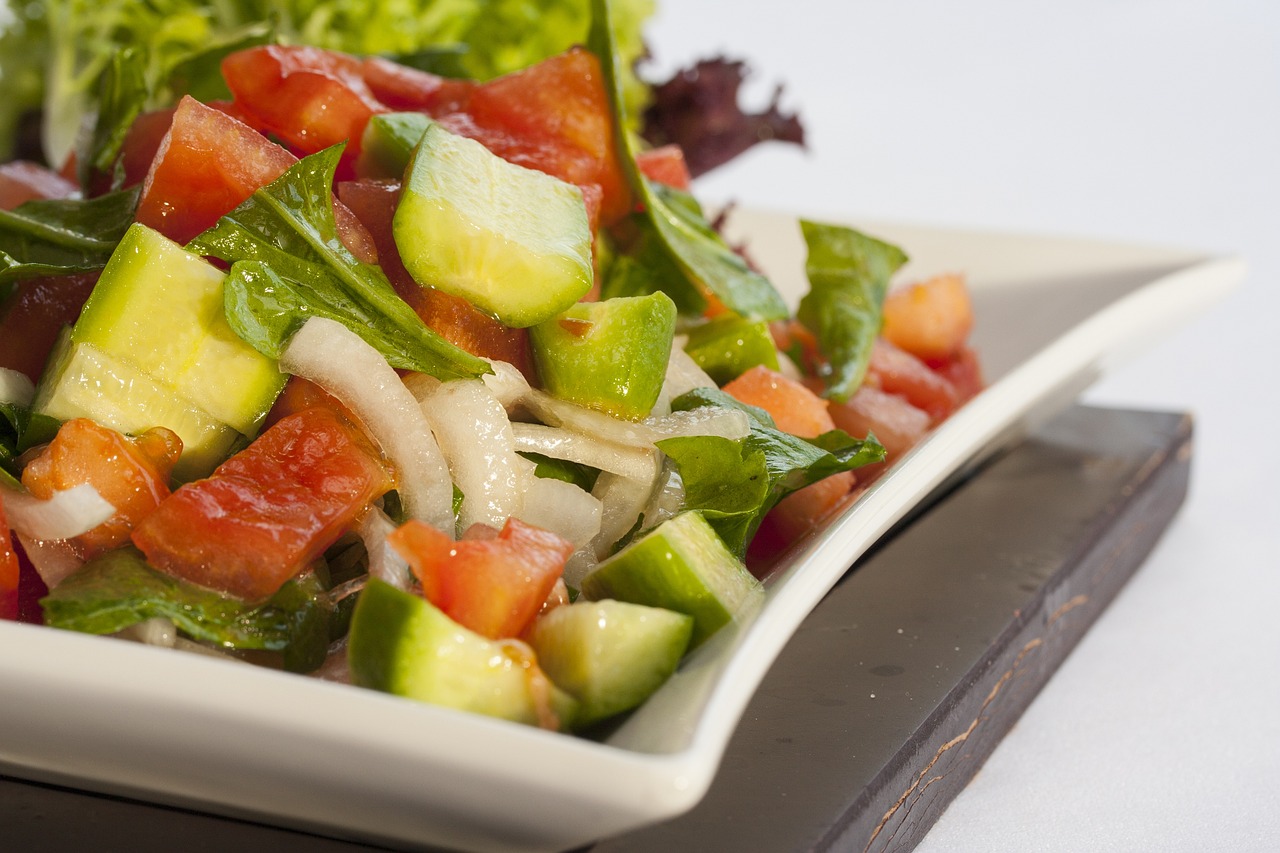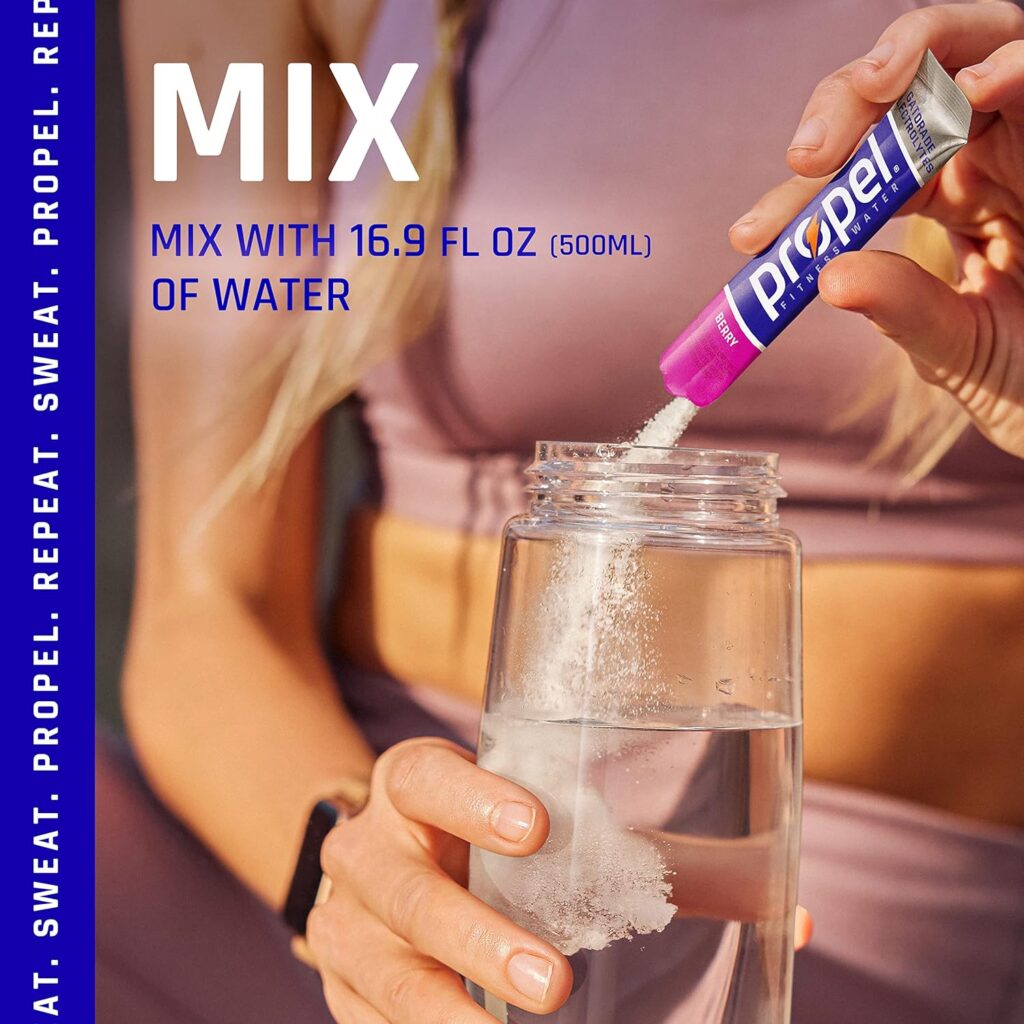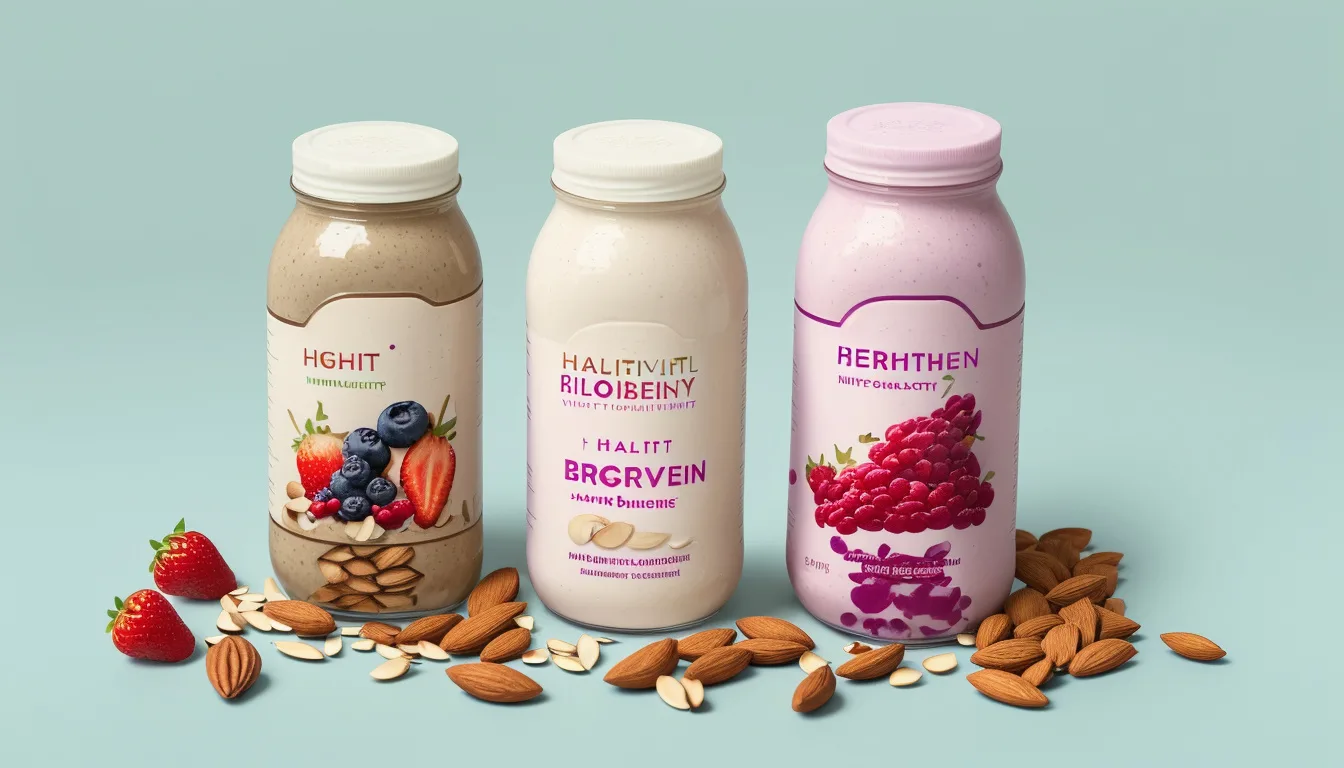
Let me take you back to a moment that I’m sure many of you can relate to—the moment when your jeans refuse to button, and you realize that something has to change. For me, it wasn’t just about the jeans; it was about feeling sluggish and out of sorts, despite trying every “miracle” diet known to humanity. Then one day, while scrolling through my social media feed, I stumbled upon a post from an old friend. She was raving about this “magical” diet that allowed her to eat butter, bacon, and cheese while shedding pounds like a snake losing its skin. Intrigued (and slightly skeptical), I dove headfirst into researching the ketogenic lifestyle, and boy, what a journey it’s been!

I’ll be honest with you—my first week on keto was a rollercoaster of emotions, ranging from “Wow, I can eat all the avocados I want!” to “Why does my breath smell like a tin can?” But, just like with anything worth doing, the challenges were nothing compared to the rewards. So, whether you’re a keto newbie or a seasoned fat burner, I’m here to share my tips, tricks, and a few hard-earned lessons to help you succeed on your ketogenic journey. Trust me, if I can do it, you can too.
—
Getting Started: Keto Basics and Beyond
When you first decide to embrace the ketogenic lifestyle, it can feel a bit overwhelming. There’s a lot of information out there, and it’s easy to get lost in the sea of keto myths and misconceptions. But don’t worry—I’m here to simplify things for you.
The essence of the keto diet is pretty straightforward: it’s a high-fat, moderate-protein, and very low-carb eating plan. The goal is to get your body into a state of ketosis, where it burns fat for fuel instead of carbohydrates. This is achieved by drastically reducing your carb intake to around 20-50 grams per day, which forces your body to tap into its fat stores for energy. Sounds simple, right? Well, it is, but like anything worthwhile, it requires some planning and perseverance.
Table 1: Macro Breakdown of a Ketogenic Diet
NUTRIENT
Fats
Proteins
Carbohydrates
PERCENTAGE OF DAILY INTAKE
70-75%
20-25%
5-10%

Tip 1: Embrace the Fat
One of the most common misconceptions about the ketogenic diet is that it’s a license to eat all the bacon and butter in the world. While it’s true that you’ll be eating more fat than you might be used to, it’s important to focus on healthy fats. Think avocado, olive oil, nuts, seeds, and fatty fish like salmon.
I remember my first trip to the grocery store after deciding to go keto. My cart was filled with avocados, coconut oil, and more cheese than I’d ever bought in my life. It felt strange to be actively seeking out high-fat foods after years of hearing how bad they were, but once I understood that these fats were my new best friends, things started to click.
Tip 2: Plan, Plan, Plan!
If there’s one thing I’ve learned on this journey, it’s that meal planning is key to success. Going keto requires a bit more thought than simply grabbing a sandwich for lunch. I quickly learned that if I didn’t plan my meals and snacks ahead of time, I was much more likely to reach for something carb-laden out of sheer hunger and desperation.
To avoid those pitfalls, I started dedicating Sunday afternoons to meal prep. I’d make a big batch of cauliflower rice, roast some veggies, and cook up a protein like chicken or beef. Having these staples on hand made it easy to throw together a keto-friendly meal in minutes.
Tip 3: Don’t Forget the Electrolytes
One of the side effects of the ketogenic diet that took me by surprise was something called the “keto flu.” It’s a collection of symptoms—headaches, fatigue, nausea—that some people experience when they first start keto. The good news is that it’s temporary, and the even better news is that it’s preventable.
The culprit behind the keto flu is a lack of electrolytes, specifically sodium, potassium, and magnesium. When you drastically reduce your carb intake, your body starts shedding water (and with it, electrolytes) at a rapid pace. To combat this, I started adding a pinch of Himalayan salt to my water and incorporating more potassium-rich foods like leafy greens and avocados into my diet. Trust me, your body will thank you.
Table 2: Common Electrolyte-Rich Foods
ELECTROLYTE
Sodium
Potassium
Magnesium
FOODS TO INCLUDE
Bone Broth, Salted Nuts, Olives
Avocado, Spinach, Salmon
Almonds, Pumpkin Seeds, Dark Chocolate
CHOCOLATE??? HECK YEAH!
Tip 4: Keep It Simple
When I first started keto, I was so excited about all the new recipes and ingredients that I went a little overboard. I spent hours in the kitchen trying to replicate my favorite carb-heavy dishes with keto-friendly substitutes. While some of these experiments were successful (keto pizza, anyone?), others were… let’s just say, not worth the effort.
Over time, I learned that the key to sticking with keto was to keep things simple. A typical meal for me might be a piece of grilled salmon with a side of sautéed spinach and a drizzle of olive oil. It’s quick, easy, and most importantly, delicious.
Tip 5: Find Your Motivation
Let’s face it—any diet can be challenging, and keto is no exception. There will be days when you’ll want to throw in the towel and dive headfirst into a plate of pasta. On those days, it’s important to remind yourself why you started in the first place.
For me, it was about more than just losing weight. I wanted to feel better, have more energy, and take control of my health. Every time I was tempted to cheat, I’d remind myself of how far I’d come and how great I was starting to feel. Keeping that motivation in mind made it easier to stay on track.
Tip 6: Celebrate Small Wins
One of the things I love most about the keto lifestyle is how quickly you start to see results. Within the first week, I noticed my clothes were fitting better, my energy levels were up, and I wasn’t constantly hungry. These small victories gave me the confidence to keep going.

It’s important to celebrate these wins, no matter how small they may seem. Maybe you resisted the office donuts or made it through a tough workout without feeling exhausted. Whatever it is, take a moment to acknowledge your progress and give yourself a pat on the back.
Tip 7: Stay Hydrated
This one might seem obvious, but it’s easy to forget: drink water! Staying hydrated is crucial on any diet, but it’s especially important on keto. As I mentioned earlier, when you reduce your carb intake, your body starts shedding water. This means you need to drink more to stay hydrated and to help flush out toxins.

I made it a habit to carry a water bottle with me everywhere I went. I also experimented with adding a squeeze of lemon or a few slices of cucumber to keep things interesting. Staying hydrated not only helped me feel better but also curbed my appetite between meals.
Tip 8: Don’t Be Too Hard on Yourself
Let’s be real—no one is perfect, and that’s okay. There were times on my keto journey when I slipped up, whether it was indulging in a slice of birthday cake or accidentally eating something that wasn’t keto-friendly. Instead of beating myself up, I learned to accept it, move on, and get back on track.
Remember, the ketogenic lifestyle is a marathon, not a sprint. It’s about making long-term changes that improve your health and well-being. So, if you have a bad day, don’t throw in the towel. Just pick yourself up, dust off the crumbs, and keep going.
Keep Going, You’ve Got This!
As I wrap up this guide, I want to leave you with a final thought: you can do this! The ketogenic lifestyle isn’t always easy, but it’s absolutely worth it. Whether you’re in it for weight loss, improved health, or just to feel better overall, the key to success is perseverance, planning, and a little bit of self-compassion.
Remember, every step you take on this journey is a step toward a healthier, happier you. Celebrate your successes, learn from your slip-ups, and keep moving forward. And if you ever need a little extra motivation, just think about how great it’s going to feel when those jeans finally button up with ease.






One thought on “Ketogenic Lifestyle Tips for Successful Fat Loss”